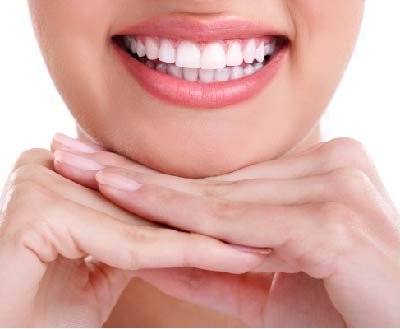

What is Smile Design?
A correct smile design forms the basis of aesthetic dentistry. The smile design is personal. The most natural and healthiest design can be obtained in accordance with the skin color, face shape and gender, taking into account the expectations and special demands of the patients. The dentist combines his/her knowledge and art for a good smile design. Many applications such as bleaching, porcelain lamina, coatings with zirconium substructure, orthodontics, lip form, implant, gingival form can be used in smile design.
How to Create a Smile Design?
Many factors such as gingival health, gaps between teeth, gingiva levels and balance between them, levels of contact points between teeth, tooth dimensions, surface structures, cutting edge adaptation are handled and best results are tried to be achieved.
Which anatomical structure is suitable for your face shape is determined and the most appropriate tooth form is selected. For instance, while males have sharper and more apparent lineaments, females have more circular and softer lineaments.
What Is Laminate Veneer ? (Leaf Porcelain)
It is the adaptation of fine porcelains to the teeth with special adhesives by only thinning the anterior surfaces of the teeth at a minimum level (0.3-0.7 mm) or even in some cases, by without need thinning at all.
Laminate veneer (Leaf Porcelain ) system does not contain any substructure such as metal and zirconium. In this way, it provides very high luminous transmittance. Through its high luminous transmittance, the closest look to the natural tooth is achieved.
The resistance of thin porcelain pieces reaches very high levels when combined with teeth. It does not allow discoloration, stain formation and plaque accumulation. Gingival harmony is very good and closest to nature.
Laminate veneers have an important place in aesthetic dentistry.
In Which Cases Can We Use Laminate Veneer (Leaf Porcelain)?
What Is E-Max ?
It is a much more aesthetic material than porcelain with zirconium and metal substructure. It is the best choice in regions where aesthetics are important. It is more sensitive than the systems with metal substructure, so it may not always be suitable for use in all regions.
How is the E-Max Method Applied?
The biggest advantage of this application is that it does not use metal and offers the closest appearance to nature thanks to its high luminous transmittance. It can be used in patients who have metal allergies.
Compared to metal containing coatings, E-max surface is much more protected against discoloration and plaque formation.
Advantages Of E-Max
It shows better gingival harmony compared to systems with metal substructure. It does not contain gingival pigmentation occurring due to metal.
Through its high luminous transmittance, it does not create a matte image and we can get the closest appearance to the natural tooth.
It minimizes tooth sensitivity. It prevents gum disorders from occurring.
Disadvantages Of E-Max
Because of that it does not contain a metal-containing substructure, it is not usually the first choice for molar teeth. It has a higher cost compared to the systems with metal substructure.
What Is Zirconium ?
It is a white alloy used instead of gray metal as the substructure of zirconium crowns and bridge prostheses. It is extremely durable to chewing forces compared to the systems with a metal substructure. It can also be preferred mind at peace on anterior regions where aesthetics is more important due to its white color.
The opaque material used when processing porcelain on systems with metal substructure is not available in this system. Due to its white color and luminous transmittance, both a resistive and close to nature appearance emerges.
The reflection of the metal color formed on the gums over time is not seen in this system. It has no negativity for the gingival health.
The lifetime of the restorations is directly proportional to the care that the patient shows to oral hygiene after the prosthesis is applied correctly.
It can be used in individuals who have metal allergies. It does not cause allergies.